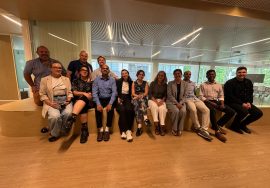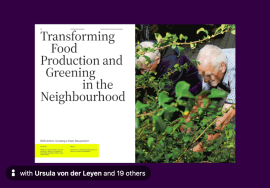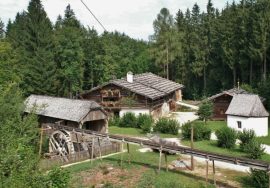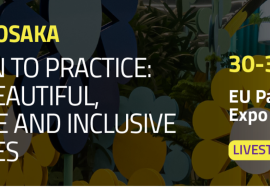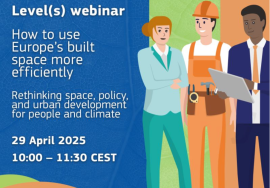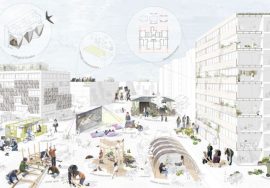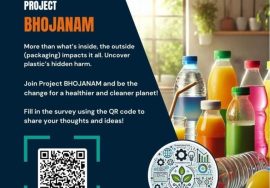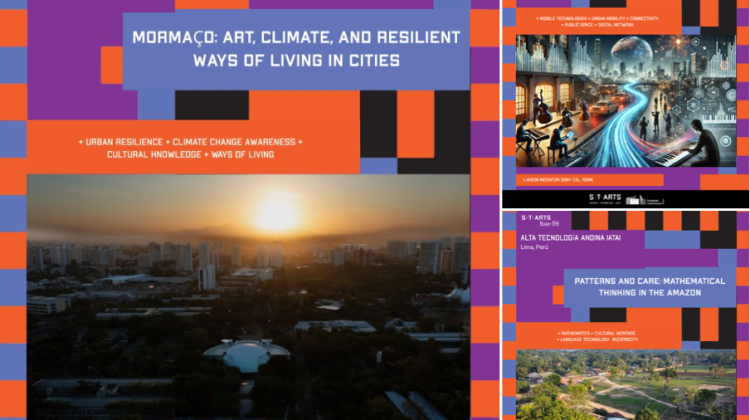
Three South-American Labs Where Art, Ancestral Knowledge and Tech Will Collide—Apply to the S+T+ARTS Buen-TEK Residencies by 27 May
Europe’s flagship art-and-innovation scheme S+T+ARTS has set its sights on the Global South. Through the new Buen-TEK programme, ten artists will spend five months (September 2025 – February 2026) embedded in research centres and community hubs across six South-American countries, each residency backed by a €20 000 grant, on-site accommodation and expert mentoring. Applications close on 27 May 2025 at 17:00 CET. (HACTE, starts.eu)
This week the consortium released the second batch of host profiles. Below are the three institutions now looking for proposals that fuse cutting-edge technology with Buen Vivir ethics and Lo-TEK (low-tech, locally rooted) ingenuity.
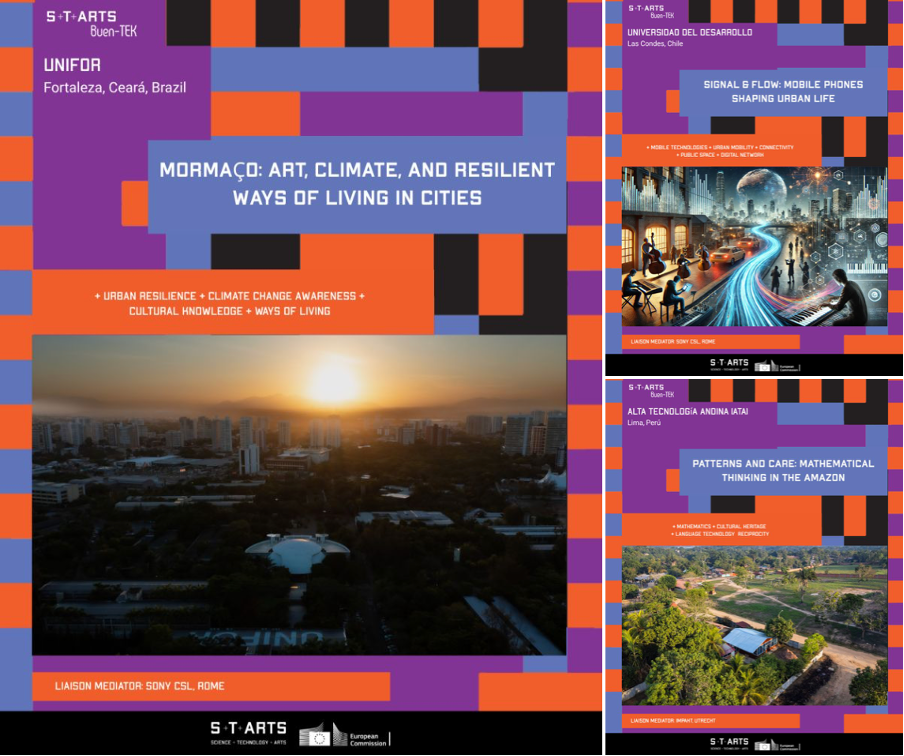
1. UNIFOR – Fortaleza, Ceará, Brazil
Theme: Climate resilience through ancestral knowledge
Fortaleza, a sprawling coastal metropolis, is warming twice as fast as the global average and faces increasingly violent cyclones. Yet along its mangrove fringes Afro-Indigenous communities have long deployed shade trees, porous façades and seasonal migration to ride out the heat. The UNIFOR residency invites artists to translate those vernacular tactics into 21st-century tools—whether a data sculpture that turns tide-height records into cooling-strategies, a bio-material that copies mangrove salinity filters, or an AR walk mapping informal rooftop gardens. Fieldwork will combine citizen climate-logs, ethnographic interviews and the university’s Materials Engineering labs, giving residents both grassroots insight and high-tech prototyping muscle.
Deliverables should propose at least one Lo-TEK prototype that could be replicated in other tropical cities, plus an open-source dossier for local schools so know-how flows back into the neighbourhoods that inspired it.
2. Universidad del Desarrollo – Las Condes, Chile
Theme: Signal & Flow—mobility, migration and digital urbanism
Greater Santiago’s slick fintech towers sit next to improvised settlements thrown up by recent migration waves. Here, smartphones are lifelines: they broker day labour, plot bus routes and mediate trans-Andean families. The Signal & Flow residency pairs UDD’s urban-data researchers with artists to turn raw location pings into stories that question who gets to move freely and who gets stuck. Possible angles include:
- An interactive mural powered by live GSM data that visualises daily gendered travel patterns;
- A participatory audio map where migrant commuters narrate hidden obstacles between dormitory suburbs and job hubs;
- A speculative design probe that recasts the SIM card as a passport for climate refugees.
Applicants can tap the university’s Data Observatory supercomputing resources and a local policy sandbox that feeds insights to the municipality’s housing and transport departments. Outputs should balance artistic expression with data-driven policy prototypes—e.g., a dashboard that helps planners reroute buses based on women’s safety concerns at night.
3. Alta Tecnología Andina (ATA) – Lima / Pucallpa, Peru
Theme: Amazonian mathematics, language and care
Hosted in the river-port city of Pucallpa, this residency turns the Western STEM lens inside out. Shipibo-Konibo artisans embed complex numeric systems in beadwork; Asháninka farmers schedule crop rotations by lunar calculus; lullabies encode fractal geometries. ATA challenges artists to co-create works that surface these indigenous mathematics-as-life frameworks. Ideas might span a tangible-media workshop where children weave arithmetic stories into textiles, or a hybrid VR installation that lets visitors “solve” everyday chores—like canoe repair or foraging—using Amazonian logic.
Residents will spend at least four weeks living with partner communities and receive guidance from linguists and traditional healers. Projects must foreground reciprocal knowledge exchange: digital artefacts will stay under community IP licences, and proceeds from exhibitions will support local education initiatives.
What the programme offers—and expects
- Grant: €20 000 per project, covering artist fee, R&D and basic production.
- Duration: 5 months, with a minimum four-week stay on site.
- Support: Accommodation, trans-local mentors from Sony CSL, Gluon and TBA21, plus access to scientific equipment and community networks.
- Showcase: Finished works premiere at the IMPAKT Festival (Utrecht) and tour partner venues in Barcelona and Rome. (starts.eu, tba21.org)
Applicants must submit a concept note, CV, portfolio and brief budget via the S+T+ARTS platform. Eligibility is open to citizens or residents of Argentina, Bolivia, Brazil, Chile, Colombia, Ecuador, Guyana, Paraguay, Peru, Suriname and Uruguay; collaborations with EU-based creatives are welcome. (creativesunite.eu)
How to craft a winning proposal
- Embed local voices. Show how community co-creation shapes both process and output.
- Bridge art and evidence. Whether you work with AI, bio-materials or narrative film, connect creative risk-taking to measurable social or environmental insight.
- Plan the afterlife. Detail how your prototype, dataset or pedagogy can scale or be forked by others after the residency ends.
- Mind the timeline. The jury shortlists 30 artists on 13 June; interviews run 25 June – 2 July; winners are announced 7 July. Factor that cadence into your prep calendar. (HACTE)
Ready to re-imagine resilience from Fortaleza’s mangroves, Santiago’s metro lines or the Amazon’s living number systems? Download the full Residency Booklet and apply before 27 May 2025, 17:00 CET. Buen-TEK is more than an artist-in-lab scheme—it’s a South-to-North conversation about how technology can stay with the land and its peoples for a century to come.

